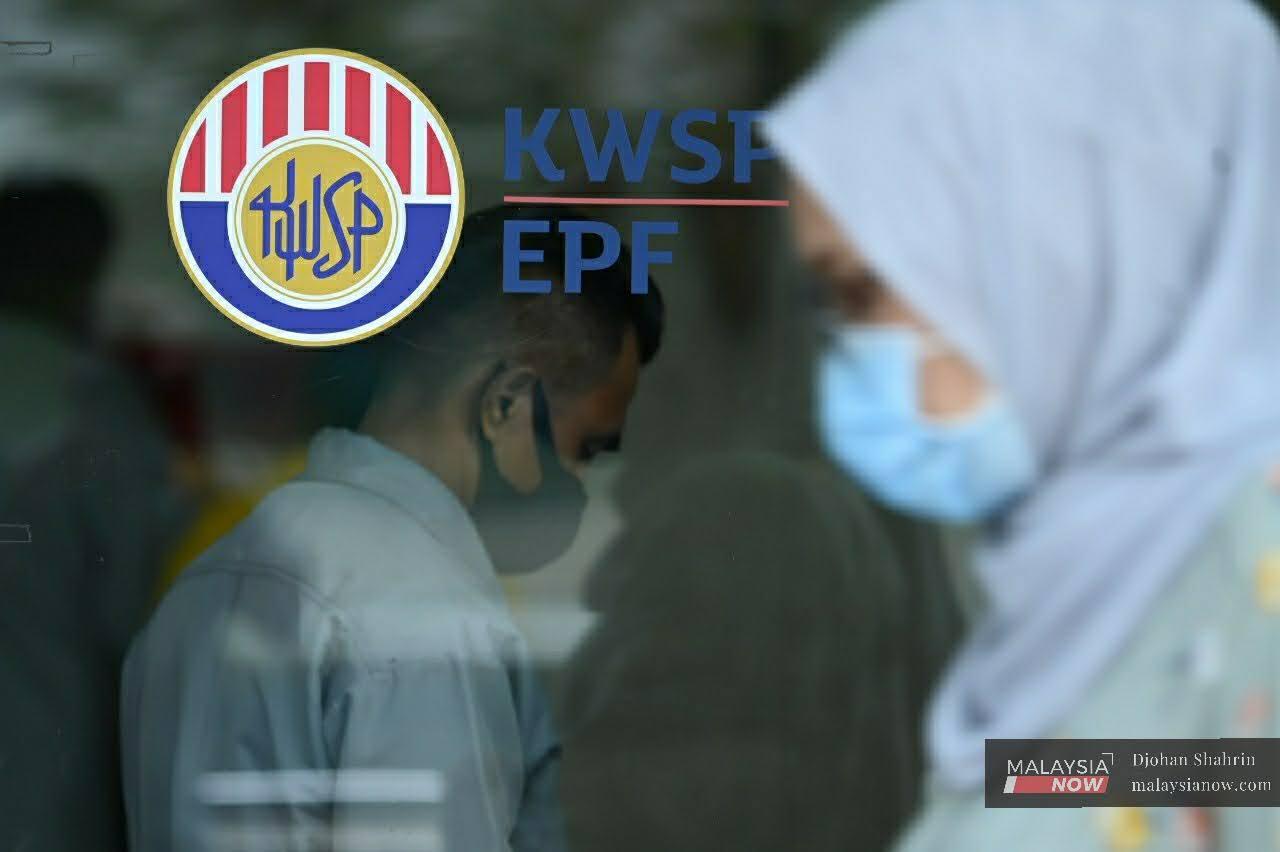Short-term gain might be long-term pain, experts warn on EPF withdrawals
They say contributors, especially those from the lower income group, may have trouble replacing funds withdrawn now to buffer the effects of the Covid-19 pandemic.
Just In
Experts have cautioned against an unfettered embrace of the government’s budget provision for EPF withdrawals, saying contributors from the lower income bracket may find it difficult to replace funds used now to tide them over through the effects of the Covid-19 pandemic.
The provision, announced as part of the budget presented on Friday, allows contributors to withdraw up to RM6,000 from their Account 1 over a period of a year beginning January 2021.
A researcher from think tank The Centre said the fund itself might have the resources to support such a measure but questioned if savings meant for retirement should be treated as emergency cash, even in unprecedented times.
Using the example of a contributor earning RM3,000 a month, he said it would take him or her roughly 15 months to replace the funds, assuming that the maximum amount of RM6,000 is withdrawn.
This in turn would depend on the contributor’s future job and earning prospects which he said might be uncertain in such challenging times.
“Since a precedent has now been set, will future withdrawals be allowed?” he added.
“How will this affect retirement age policy down the road? These are some of the concerns we have over this policy,” he told MalaysiaNow.
“Drawing down from your future savings will impact your future, unlike short-term measures such as cash aid and rebates.”
The suggestion for withdrawals to be allowed from Account 1 was initially made by former prime minister Najib Razak, who proposed that the government allow one-off withdrawals of up to RM10,000 as a means of buffering the effects of the pandemic which has wreaked havoc on businesses and economies around the globe.
The government had previously allowed eligible contributors to make withdrawals from their second account every month under the i-Lestari programme.
But academic Izlin Ismail also warned of the long-term impact of allowing EPF withdrawals now.
“Drawing down from your future savings will impact your future, unlike short-term measures such as cash aid and rebates,” she told MalaysiaNow.
Izlin, a professor of finance and banking at Universiti Malaya, said it was understandable if depositors were thinking about the immediate impact of the pandemic on their livelihoods instead of looking further ahead to their retirements.
But she too voiced concern for contributors from the lower end of the earning spectrum.
“RM6,000 may not seem like a lot for higher income groups, but if you are in the lower income group, this is a big loss for your retirement savings.”
She also noted recent reports that more than half of depositors in their 50s have less than RM50,000 in their EPF accounts.
“Remember that those aged 50 may not have the time to make back that RM6,000 drawdown in their Account 1, and they may not be likely to put it back because this group tends to be more indebted with financial commitments such as mortgages.”
Even for younger contributors in their 20s and 30s, she said, there is still a risk.
While time may be on their side, the future economic situation may not be. For them to make back the money taken now, Izlin said, they would have to be sure of jobs in the next 12 months as well as an increase in salary.
She also highlighted another budget provision allowing a reduction in minimum employee EPF contribution rate from 11% to 9% for a period of 12 months beginning next January.
While the measure was welcomed by some as a way to stimulate spending, in tandem with cash aid, rebates, and debt-repayment relief measures, Izlin said some, especially those in the gig economy, might find it difficult to boost their retirement savings even after the pandemic subsides.
Subscribe to our newsletter
To be updated with all the latest news and analyses daily.
Most Read
No articles found.
